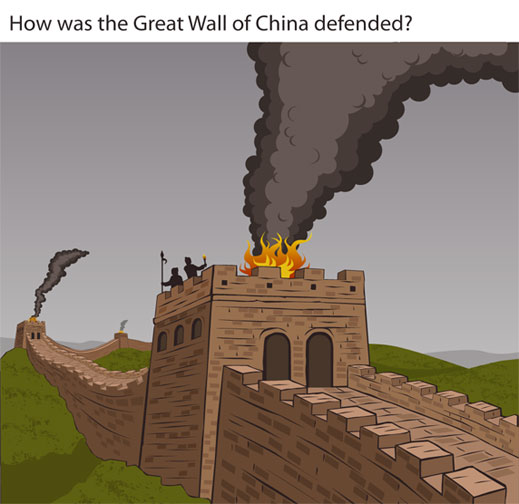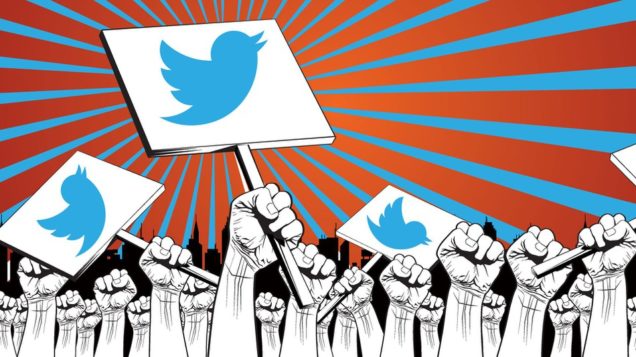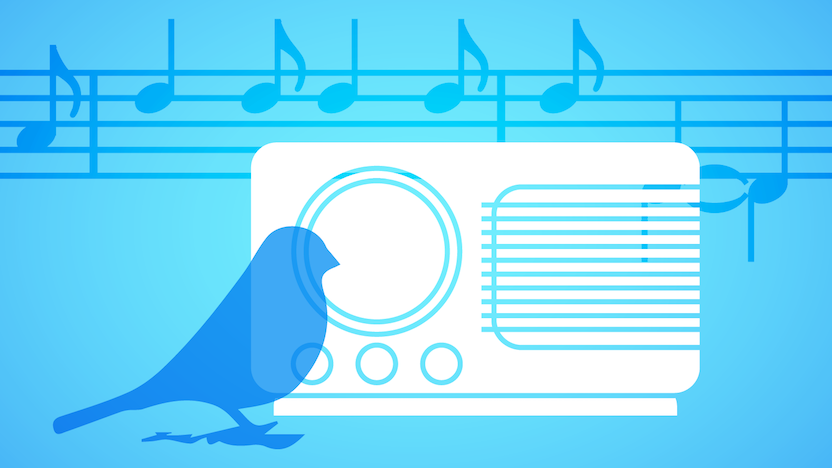Communication is vital to human life since we are social beings. Thousands of years ago, our ancestors exchanged information via language, icons, and bell drums, etc. However, how to communicate over a long distance was a major problem with which they were struggling. In ancient China, soldiers used the smoke signal from tower to tower on the Great Wall to warn their comrades of an impending enemy attack. The ancient Romans used pigeon messengers, delivering information to their military. Until the 1800s, many new communication technologies were developed to realize long distance and mass communication. With the invention of the telegraph and the telephone, radical changes took place in the field of human communication. We could transmit information through metal wires. However, the message can only transmit where the line is constructed, which greatly limits the scope of information dissemination. Is there any way to spread the information wireless even in the sea and mountains?
 “In ancient China, soldiers used the smoke signal from tower to tower on the Great Wall to warn their comrades of an impending enemy attack.”
“In ancient China, soldiers used the smoke signal from tower to tower on the Great Wall to warn their comrades of an impending enemy attack.”
On December 24, 1906, the eve of the Christmas Day, some operators were listening to the beeping “Morse code” as usual on the boat which shuttled from the New England coast to the United States. Suddenly, they heard someone was reading the Bible stories in their headphones, also accompanied with Handel’s “Largo.” They were shocked, shouting the name of their coworkers to check if it was their illusion. In fact, this is not a miracle, but the first radio broadcast in human history, organized by a Canadian-born inventor Reginald Fessenden (Bellis, 2017). From this moment onwards, the radio waves began to fly with the sound. However, before we know and use radio wave to carry our voice, many scientists had devoted their lives to this area for over a century. The Scottish scientist Maxwell predicted the existence of electromagnetic waves, and the German physicist Heinrich Hertz confirmed it with an experiment in 1887, which made him famous in the history of science and technology. Through the efforts of scientists like Nikola Tesla and Guglielmo Marconi, by 1897, radio communications without wires were eventually accepted by the world. Since then, the distance of radio communication has been increasing.
The radio apparently had a lot of inherent advantages, compared to other communication technologies at its era. Unlike the printing press which is slow and expensive, radio can be broadcast at any time, or even broadcast live in the studio. The host can interact with the audience through the hotline, discussing the topics at the same time. The audience can also participate in the broadcast, making comments and suggestions. Thus, the timeliness and interaction of radio were obviously useful for activists when organizing a social movement. What’s more, radio also has more mobility than other traditional media. Even old radio carriers were designed small enough to place in your pocket or a travel bag. Listeners can receive information as they are moving around. Moreover, people can listen to the radio while they are doing other things since listening doesn’t require too much attention. This also explains the reason why radio as a technology may have decayed, but as a form of media, it still exists in our life. Thus, we can say that the radio was revolutionary and will be revolutionary. However, with the rise of new media, the advantages of radio in social movements no longer exist.
The development of communication technology has enabled the new media to gradually become a new medium which can bypass the traditional one, directly empowering the right to ordinary people to participate (Shannon, 2013). The history of media and social movement can also be reflected by the presidents of the United States. From Franklin D. Roosevelt’s “fireside chats” broadcast on radio to Donald Trump’s crazy tweets sent through online social media, the new media starts to play an essential role in social movements all around the world. The British newspaper “The Guardian” even directly called Iran’s election protests in 2010 “the Twitter Revolution.” From France’s “Anti-retirement pension reform campaign” in 2010 to the “Arab Spring” which swept over the western Asia, to the “Occupy Wall Street” movement in 2011, these social movements have all attracted attention from all over the world through social media. As the frequency of social movements in recent years has risen dramatically, I believe that the way how people participate in these movements has also gone through significant change.

“The British newspaper ‘The Guardian’ even directly called Iran’s election protests in 2010 “the Twitter Revolution.”
Today, it is easier for activists to organize a social movement by using hashtags than ever before since the speed at which we spread information is so fast. Social media provides a network which allows people to stay online all the time, and a single message can launch a worldwide awareness campaign which can not only triggers the free discussion among citizens but also builds social consensus. However, on the other hand, most of the social movements I mentioned above were failed. The achievements they had are not proportional to the audience size and energy they inspired. For example, the Ice Bucket Challenge is a campaign which aims to promote awareness of amyotrophic lateral sclerosis (ALS) and encourage donation to the research field. However, as the campaign continued, it seemed that people were more interested in watching the videos of people volunteering for temporary misery than the disease. Although the campaign was eventually a great success, it almost draws a global attention to achieve that. Admittedly, new media technology have made things easier for movements, but does it guarantee the success? Like what the techno-sociologist Zeynep Tufekci (2014) said, “Easier to mobilize does not always mean easier to achieve gains.” Social movement is something more worth us to fight for but not to tweet about.
By Zhounan Yang, BU Emerging Media Studies Master’s Student, yzhounan@bu.edu
Bellis, M. (2017, March 26). The Invention of Radio. Retrieved November 11, 2017, from https://www.thoughtco.com/invention-of-radio-1992382.
Delst, V. M (2011, February 14). Technology and Social Movements. Retrieved November 12, 2017, from https://civicactions.com/blog/technology-and-social-movements/.
Tufekci, Z. (2014). Online social change: easy to organize, hard to win. Retrieved November 13, 2017, from https://www.ted.com/talks/zeynep_tufekci_how_the_internet_has_made_social_change_easy_to_organize_hard_to_win.
Shannon, D. (2013, September 9). How Can New Technologies Strengthen Social Movements? Retrieved November 12, 2017, from https://www.bsr.org/our-insights/blog-view/how-can-new-technologies-strengthen-social-movements.
